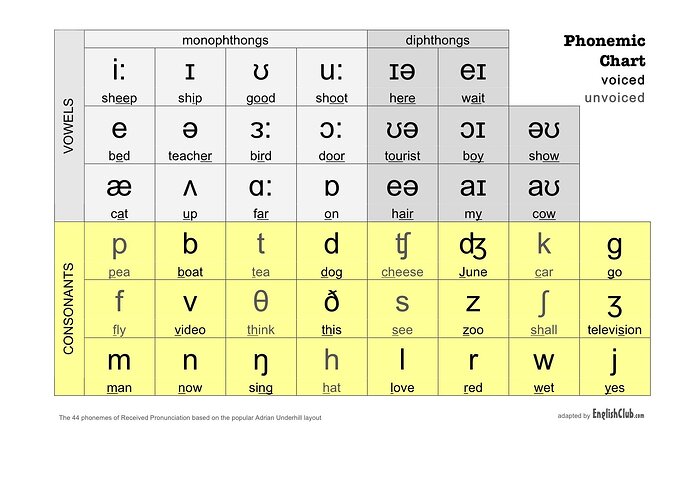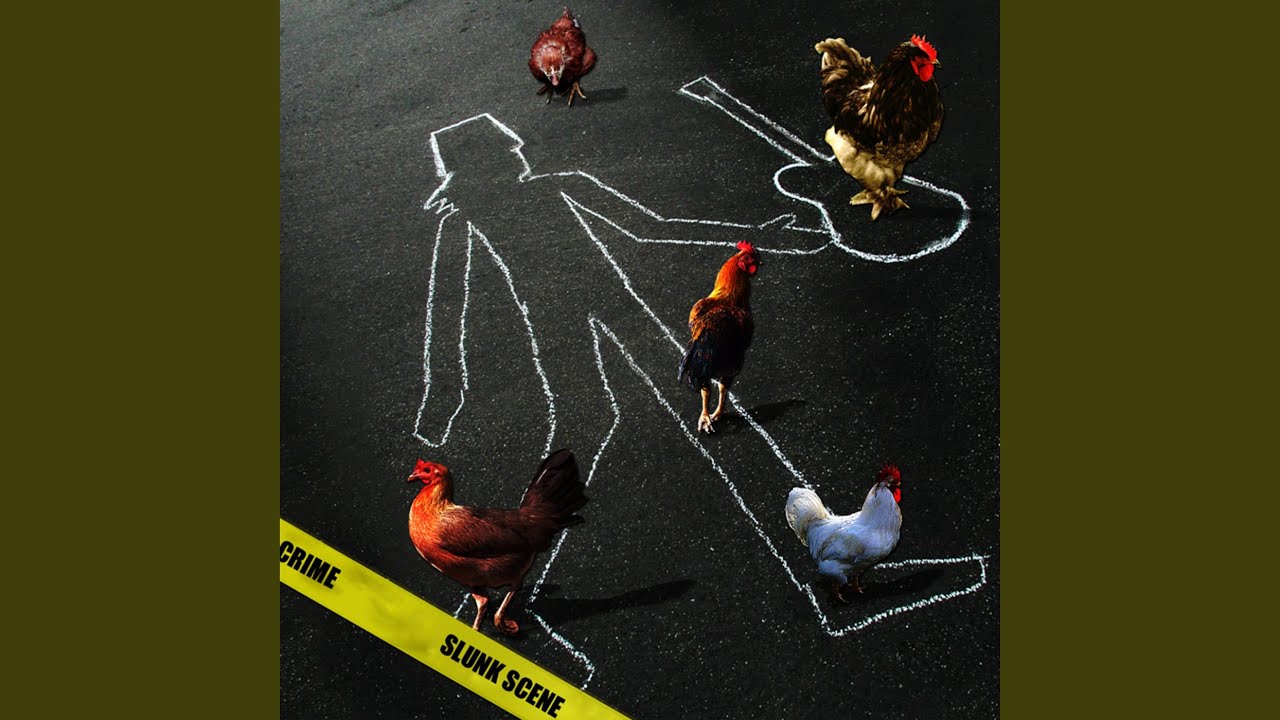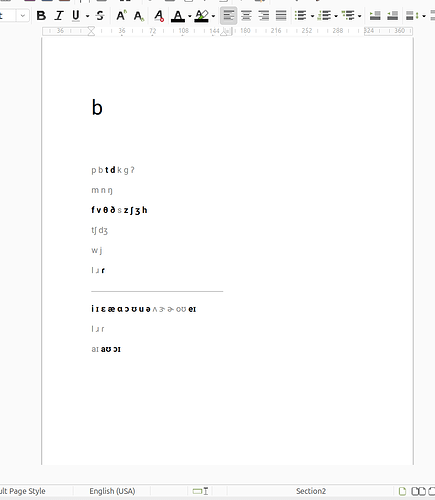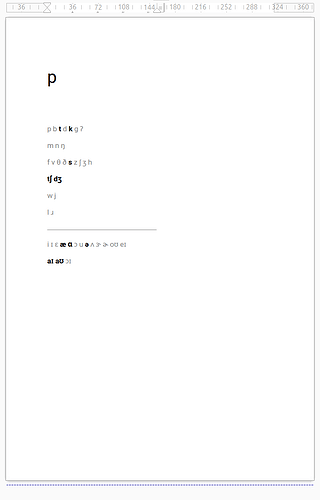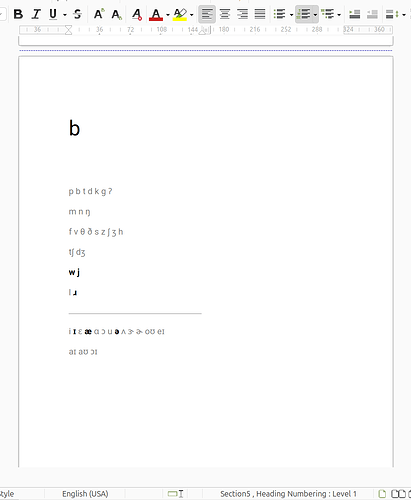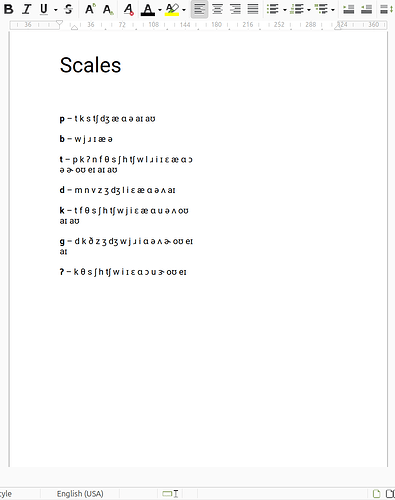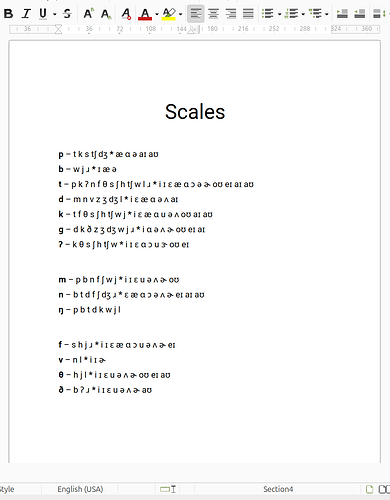There was a green bible on the table. It had been written by an extinct race of vampires several centuries prior: the pages were quilled with glossy, black-green calligraphy – unreadable hashes of jagged blackletter.
The hardest problem in creative writing is crafting perfect sentences. I think this excerpt took me hours.
Outlining a novel, establishing what happens in every single sentence – that’s easy. It’s just filling out everything you want to go into the sentence, and then making sure that they’re are all in the right order.
What is difficult is getting it to roll off the tongue. It’s very, very time consuming.
If I can solve this problem, then I will finally be able to finish my work in a timely manner.
So, I’ve decided to create a reference book that shows which vowels / consonants roll off the tongue together. I’m using the English language segment of the International Phonetic Alphabet. It will be a series of charts containing every single combination and a “yes” “no” or “neutral” as to whether or not they go together. This way, if you want to use a special word in a sentence but you’re not sure what to pair it with, you can open up the section to the letter E and see all the letters that pair with it. This will make it faster to find the right word (at least in theory).
I will post updates in this thread.
I feel so excited when I look at this chart. It calls to me; they’re like little music notes. And maybe I can teach myself how to play them.
I have no idea if this is going to work, but if it does I’ll be so happy.
Here’s the formatting I might use. Let’s say that I have a word that ends with the “th” (θ) sound.
| Consonants |
Vowels |
| θ⏝p ⸻ no |
θ⏝i ⸻ yes |
| θ⏝b ⸻ no |
θ⏝ɪ ⸻ yes |
| θ⏝t ⸻ no |
θ⏝eɪ ⸻ yes |
| θ⏝d ⸻ no |
θ⏝ɛ ⸻ yes |
| θ⏝k ⸻ yes |
θ⏝æ ⸻ yes |
| θ⏝ɡ ⸻ yes |
θ⏝ɑ ⸻ yes |
| θ⏝ʔ ⸻ no |
θ⏝ɔ ⸻ yes |
| θ⏝f ⸻ yes |
θ⏝oʊ ⸻ yes |
| θ⏝v ⸻ yes |
θ⏝ʊ ⸻ yes |
| θ⏝θ ⸻ no |
θ⏝u ⸻ yes |
| θ⏝ð ⸻ no |
θ⏝ə ⸻ yes |
| θ⏝s ⸻ yes |
θ⏝ʌ ⸻ yes |
| θ⏝z ⸻ yes |
θ⏝aɪ ⸻ yes |
| θ⏝ʃ ⸻ yes |
θ⏝aʊ ⸻ yes |
| θ⏝ʒ ⸻ yes |
θ⏝ɔɪ ⸻ yes |
| θ⏝h ⸻ yes |
|
| θ⏝m ⸻ no |
|
| θ⏝n ⸻ no |
|
| θ⏝ŋ ⸻ no |
|
| θ⏝l ⸻ yes |
|
| θ⏝ɹ ⸻ yes |
|
| θ⏝j ⸻ yes |
|
| θ⏝w ⸻ yes |
|
| θ⏝ɾ ⸻ yes |
|
| θ⏝tʃ ⸻ yes |
|
| θ⏝dʒ ⸻ yes |
|
I hope it’s the same as music, where memorizing chords and scales actually comes in handy. I want to be like Buckethead except for sentences.
The hardest part of this process seems to be ordering the alphabet. I don’t know how many characters to use or in what order.
ɑ aɪ aʊ b d dʒ eɪ ɛ ɛɹ f ɡ h i ɪ ɪɹ j k l m n ŋ oʊ oɹ ɔ ɔɪ ɔɹ p ɹ s ʃ t tʃ θ u ʊ ʊɹ v w z ʒ ð ɾ ʌ ə ɚ ɝ
Finally made some progress. This is basically what each page will look like. The bold characters are the ones that flow when paired with the title character.
Completed the first phoneme scale. It is t k s tʃ dʒ æ ɑ ə aɪ aʊ. In other words, if your sentence ends with the letter P, the next word should start with a phoneme from the scale if it is to have a chance to roll off the tongue.
I am pleasantly surprised; my suspicions were confirmed. Phonemes are very particular about which others they pair with. This means that the scales could actually be useful, and could plausibly speed up sentence construction.
What helps:
- Varying sentence structure and format
- Using Germanic-rooted words, especially for verbs
With that in mind, I found the last part of your writing sample stronger than the first. “There was a green bible on the table…” isn’t as engaging or as exciting as “glossy, black-green calligraphy… unreadable hashes of jagged blackletter.” That’s memorable! Really, the tip to flow is variation. Every sentence contains:
- Length
- Structure
- Purpose
- Format
Here’s some of my writing:
While in her Sydneysider life, she’d watch YouTube videos from young woman who went from Antarctica to Argentina, and then, from Zimbabwe to Zurich. “Solo travel is so empowering,” they’d say, cheeks beaming under artificial light. “It opens your mind to a world outside, and you’ll become independent and stronger for it.” When Wendy first heard these messages, she acted as if they were a revelation about being alive, breathing, talking, and moving, the sort of insight only possible from those more successful, more alive, more fulfilled than you. She looked at these women and saw herself – only better, sexy and smart.
Not finished, by any means, but what also helps for ‘flow’ is parallels. “breathing, talking, and moving” reflect one another, as they are all verbs in the present tense, -ing. I wonder if your search for flow is really, a quest for rhythm. Musicians and poets are usually skilled at this; novelists, less so. It’s also not a bad idea to write the same paragraph, multiple times, with different variations. Flow requires a degree of intuition - and, to be frank, it isn’t revealed on the first attempt. Another key point is editing. Sentences and paragraphs can always be rewritten (it’s much harder to make developmental changes), edited, and rearranged. Do you consider yourself a perfectionist when it comes to prose?
I’ll post more thoughts later… I have intense ones on writing and editing.
Yes, I’m trying to write perfect prose. The issue is that it takes forever, so I have to be more methodical. It’s like trying to play the guitar without theory.
And thank you, you are a beautiful writer. Your advice is appreciated.
Anyways, I finished the B scale.
I was surprised to learn that B is virtually useless. It only flows with the consonants R, W, and Y. Even ChatGPT agreed with me, it’s a pretty unhelpful letter. All the more reason why I needed to do this.
Progress so far. I finished the plosive consonants.
It takes ~1.5 to 2 hours per letter
I feel really confident about this project. I think when I start to use and memorize it, it will greatly increase my speed
The most interesting part is that each scale is totally different. The patterns don’t really duplicate and each letter is pretty choosy.
